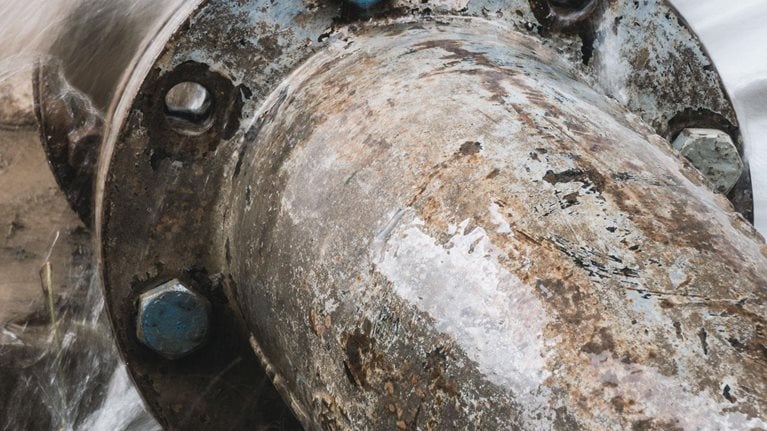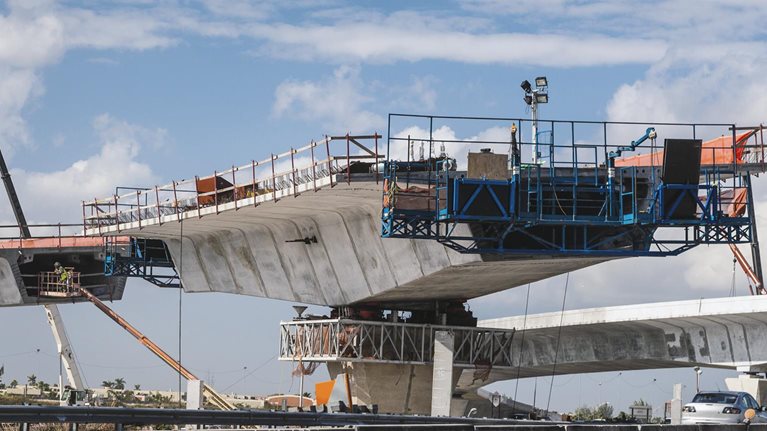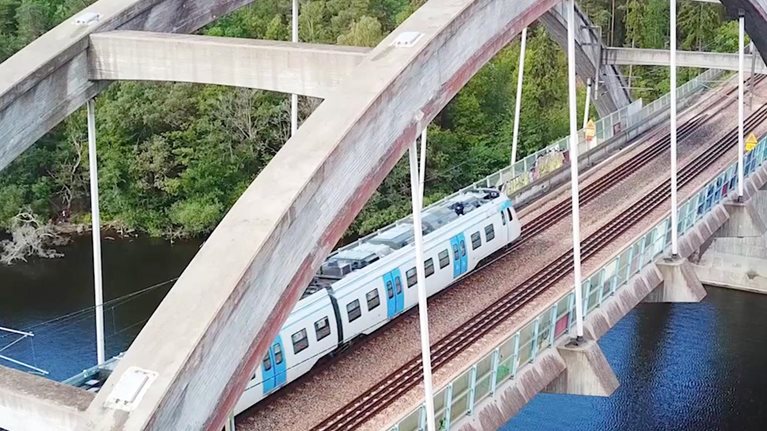Signed in November, the Infrastructure Investment and Jobs Act, also known as the Bipartisan Infrastructure Law (BIL), will provide more than $1 trillion in public investment. One core component of the legislation: addressing the country’s aging water system.
Much of the nation’s water infrastructure was built decades ago. Leaking water has become an issue—some water systems report water-loss rates exceeding 60 percent—and lead and other contaminants have made drinking water unsafe in some communities. The act provides funding to replace lead pipes, address emerging contaminants in small and disadvantaged communities, and support rural water projects.
This article, part of our new series Reinvesting in America, breaks down BIL spending on water infrastructure in five exhibits.
A focus on water
The act allocates $550 billion in new spending over the next five years, divided between improving the surface-transportation network (including roads and bridges, public transit, and electric vehicles) and society’s core infrastructure, which includes the power grid, broadband, environmental resiliency—and water. More than $55 billion is committed for the modernization of water infrastructure.

Aging infrastructure
Much of the nation’s water and wastewater infrastructure was built in the 1970s and 1980s. On average, 14 to 18 percent of total daily treated potable water in the United States is lost through leaks, and regulatory requirements for healthy drinking water have increased.

How the money will be allocated
The act will fund a range of projects through two primary programs, both overseen by the Environmental Protection Agency: the Drinking Water State Revolving Fund (DWSRF), which targets lead service-line replacement projects, drinking water projects, and per- and polyfluoroalkyl substances (PFAS); and the Clean Water State Revolving Fund (CWSRF), which provides grants for water pollution and emerging contaminants programs.

Expanded budgets
The act allocates more funding to the DWSRF in the next five years ($30 billion) than the previous 25 years combined ($25 billion). This funding boost could lead to an increase from a yearly average of about 700 projects a year to an estimated 3,500 projects a year.1 Similarly, the approximately twofold increase in funds for the CWSRF could represent an increase from about 1,300 projects a year to about 2,600 projects per year.2

Funding streams
The EPA provides federal funds to the DWSRF and CWSRF, and states are expected to provide an estimated $3.9 billion over the next five years in matching funds. Bondholders have the option to invest additional dollars into the funds. The funds then grant loans across five priorities, each with a portion that must be fully forgiven.

Considerations for policy makers and business leaders
- Actively support communities, utilities, public entities, and private-sector partners on the development of projects. Leaders could help create a robust pipeline of projects by providing replicable technical solutions, technical assistance in project concept and plan development, financing packages that catalyze capital, and robust guidance and timelines. Leaders could also help educate homeowners and other community members on how to apply for lead-pipe removal grants, particularly in communities that have had difficulty applying for funding opportunities like this in the past.
- Increase the capacity to deliver on projects. Leaders could proactively identify potential supply chain bottlenecks—including available materials and contractors for construction processes—and mitigate those bottlenecks (for example, using the procurement function of the state to support workforce development through training and apprenticeship programs).
- Shorten timelines and simplify administrative requirements for projects. This might include speeding up timelines around permitting, Department of Transportation coordination, right-of-way access, and required homeowners’ notifications.
- Improve project efficiency by working across agencies—so teams need to only dig once. Leaders could improve the return they are getting from funds by working across agencies and contractors to coordinate pipe replacement and other water-related projects with additional construction needs on the same site (for example, electrical line or broadband cable installation).
- Map lead pipes and prioritize projects in your service area. Consider identifying areas where lead pipes would most likely be found by obtaining water samples and compiling a history of construction and building inspections. From there, projects could be prioritized based on several factors, including (but not limited to) number of people served, amount of contaminants in the water supply, and number of pipes that can be replaced in a single project.


